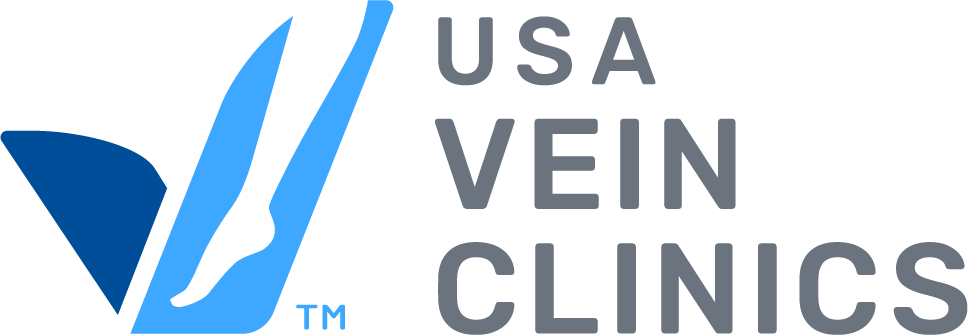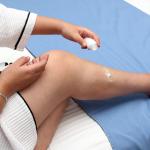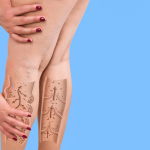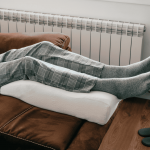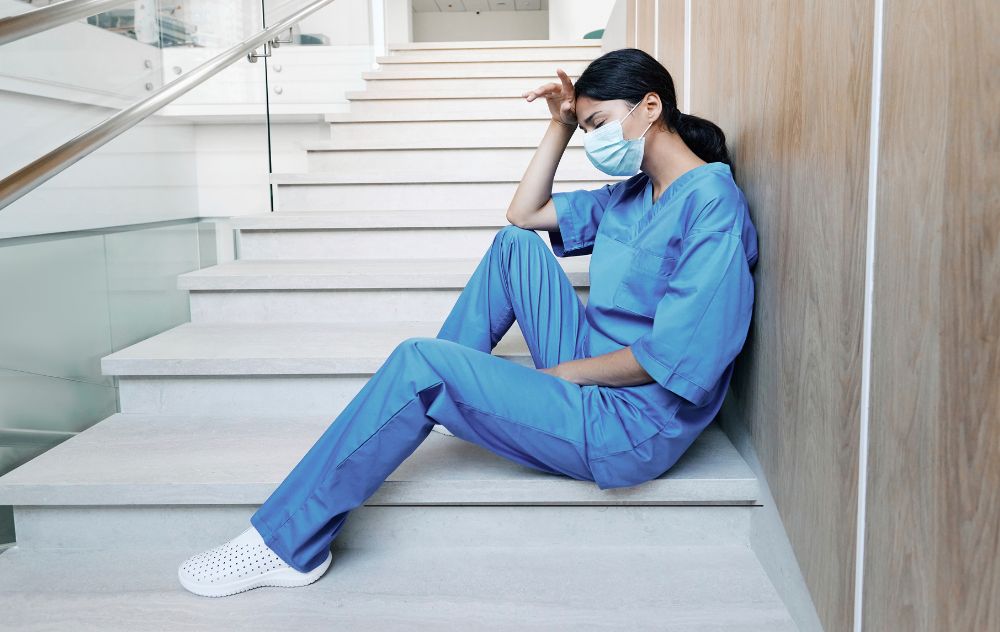
Varicose veins are more than a cosmetic concern. These twisted, enlarged veins—often seen in the legs—can cause aching, heaviness, swelling, and even skin changes if left untreated. While factors like age, genetics, and pregnancy can increase your risk, your job may also be playing a major role.
Certain occupations require long hours of standing or sitting with limited movement, putting consistent pressure on your veins. Over time, this can damage vein valves and lead to chronic venous insufficiency, the underlying condition that causes varicose veins.
Occupations That Increase the Risk of Varicose Veins
Nurses and Healthcare Professionals
Nurses often work long shifts on their feet, walking from room to room with little time to sit or elevate their legs. The constant downward pressure increases venous pressure in the legs, making nurses one of the highest-risk professions for developing varicose veins.
Hairstylists and Barbers
Spending the majority of the workday standing in one position can hinder healthy circulation. Without regular movement, blood can begin to pool in the lower legs, contributing to vein damage over time.
Flight Attendants
The combination of prolonged standing, limited space for movement, and changes in cabin pressure creates a challenging environment for circulation, increasing the risk of varicose veins.
Teachers
Teaching often involves standing for extended periods or sitting for long stretches during planning and grading. Both inactivity and prolonged standing can stress the venous system.
Retail and Hospitality Workers
Cashiers, servers, and front-desk staff often stand for hours at a time without breaks to sit or move. Over time, this consistent pressure on the legs can weaken vein walls and valves.
Office Workers
Sitting at a desk all day may seem harmless, but remaining in a seated position for long periods without movement can slow circulation and contribute to the development of varicose veins.
How to Reduce Your Risk
If your job puts you in one of these high-risk categories, taking preventive steps can make a difference:
-
Move regularly: Try to walk or stretch at least once every 30 to 60 minutes.
-
Wear compression stockings: These help improve circulation and reduce pressure on your veins.
-
Elevate your legs: Raising your legs at the end of the day can help improve blood flow.
-
Maintain a healthy lifestyle: Staying active, eating well, and managing your weight all support better vein health.
-
Monitor symptoms: If you notice heaviness, swelling, or visible veins, it’s time to speak with a vein specialist.
When to Seek Treatment
Varicose veins don’t always go away on their own. In fact, they often worsen without treatment. Minimally invasive procedures—such as those offered at USA Vein Clinics—can close off damaged veins and reroute blood flow to healthier ones, relieving symptoms and improving quality of life.
If you work in a profession that puts your legs under constant stress, staying informed and proactive is essential. Early evaluation can help you avoid long-term discomfort and prevent complications like venous ulcers.
Protect your legs. Protect your health.
If you’re noticing symptoms or want to explore treatment options, schedule a consultation with a vein specialist today.
